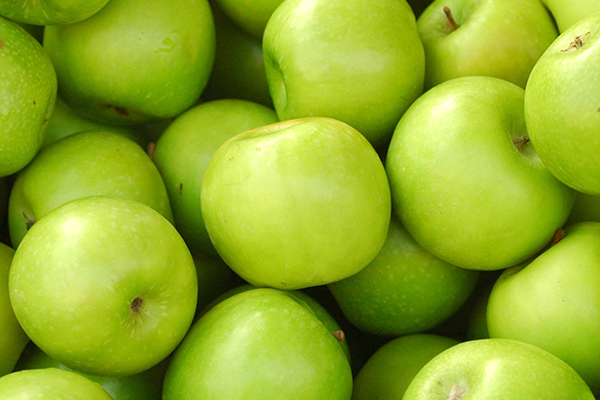How to Get Rid of a Sleep Headache
If there's one thing that can kill your mood and zap your ability to get anything done, it's a headache — particularly, a tension headache.
They're shockingly common, affecting up to 80% of Americans at least once in a while. Unlike migraines, tension headaches aren't usually severe, and they won't leave you nauseous or cause a visual aura. But they're still no fun.
Award-Winning Mattresses
15,000+ Reviews
Shop Our Mattresses
Like the name suggests, they tend to come on when the muscles in your neck and scalp are literally all tensed up. Sometimes, all that scrunching is caused by an injury. But most often, it's the result of—you guessed it—stress.
The good news is that you don't need to rely on conventional pain meds for relief. When it comes to taming your tension headache, these 6 simple, natural solutions can help.
Take a nature break.
Since stress is a top cause of tension headaches, finding ways to decompress can be a great pain management tool. And one of the most effective ways to chill out is to spend some time in nature.

Sure, you could always take a mental health day and spend some time forest bathing. But if that's not realistic, just go hang out in the park or garden. Countless studies have confirmed nature's ability to promote feelings of calm, tranquility, and balance. Just make sure you leave your phone behind. When your goal is to relax, the constant pings aren't exactly helpful.
Sit up straight.
Sitting at your computer for hours on end won't just stress you out. Chances are, it'll also mess with your posture—which has more to do with head pain than you think.
By causing the muscles in your neck to tense up, slumping or hunching can actually trigger a headache.
So make the effort to sit up tall and straight. Pull in your abdomen, keep your thighs parallel to the ground, and look forward and out instead of down, recommend Mayo Clinic experts. If you think you'll forget, put a reminder sticky on the corner of your laptop. It's low-tech—but it works.
Sniff a soothing essential oil.
There's not much science behind using aromatherapy for headaches. But traditional practitioners have relied on the power of scent to ease head pain for thousands of years, so it's certainly worth a shot.
Traditional practitioners have relied on the power of scent to ease head pain for thousands of years.
Which aromas work best? Lavender is thought to have a calming effect, and some aromatherapists also use it to treat pain. Or, try eucalyptus: The scent has been shown to ease knee pain, swelling, and inflammation, and some findings suggest that it could also be helpful for headaches. (Always check with your doctor first, though. Some essential oils—including eucalyptus—aren't recommended if you're pregnant or breastfeeding.)
Try an ice pack.
Just like a sore shoulder or ankle, a simple ice pack (or a bag of frozen veggies—it works just as well) could help ease the awful, pulsating pain in your head.
The reasons why, though, aren't entirely clear. Some experts believe that the cold shrinks your blood vessels and reduces blood flow to the brain, dulling discomfort. But it could also simply be that the icy sensation gives you something to focus on besides your head pain.
Snack on a green apple.

But before you take a bite, take a deep whiff. One study from Chicago's Smell & Taste Treatment and Research Foundation found that headache sufferers who sniffed the smell of green apple had a greater improvement in their pain compared to those who didn't smell anything.
What's more, the carbohydrates in the apple can actually help you feel less stressed. That's because your brain uses carbs to produce the feel-good, relaxation-promoting hormone serotonin. (As an added bonus? All that chomping and crunching has been shown to ease anxiety, too.)
Take a nap.
It's not uncommon to get slammed with throbbing head pain when you're zonked. In fact, 59% of tension headache sufferers say that too little sleep tends to trigger their headaches, found one study published in the Journal of Clinical Sleep Medicine.
So close your eyes, close the shades, and let yourself take a quick trip to dreamland. Just remember to keep your nap to 20 minutes or so: That's enough time to help you feel refreshed, but not so much that you wake up groggy—and in worse pain than before.
About the author
Marygrace Taylor is a health and wellness writer based in Philadelphia. She's covered healthy sleep and sleep hygiene for Amerisleep and other outlets since 2014. She also writes about diet and nutrition, women's health, and fitness for outlets like Healthline, Men's Health, and Prevention.
View all posts
You'll enjoy these posts
Based on your reading history, we think you'll enjoy these posts…
How to Get Rid of a Sleep Headache
Source: https://amerisleep.com/blog/soothe-tension-headache/